| item(s), Total: $0.00 View Cart |
| Shopping cart is empty. |
Hello Green Lifers!
We've entered the Noongyar season of Bunuru - 'second summer'; the hottest part of the year with little or no rain, and hot easterly winds - and a cooling sea breeze (if we're lucky!). It was the time of year the traditional people lived near the water, and fish/aquatic foods (marron, gilgies, tortoise, crabs) made up a lot of their diet. It's also the time of the Marri flowers; those and other blossoms were used to make sweet drinks by soaking them to remove nectar. For gardeners, it's a season of 'hanging in there!' - keeping gardens alive, and planning for Autumn, which officially is only a month away. We know weather can be hot right up into April, but day length is shortening, nights are generally cooler, and there'll be a change in the air before much longer. With hot days still here, keep up water for wildlife in your garden - birdbaths and dishes on the ground for lizards, etc. will be welcomed. Keep a few rocks or sticks in the water bowls so that insects and small creatures that fall in can find their way out without drowning. With "supply chain issues" hitting some of our grocery stores (I note much local produce is still available in many others!) it's a reminder not to take our food security for granted. Growing even a bit of our own food to eat and share with others is handy - and coming into our Autumn/Winter season - it can be a hugely productive time for growing. If you can manage a surplus of crops, look into how you can preserve your crops for use later. (We've just come to the end of months of frozen cauliflower, and I'm still enjoying my winter cabbage and kale in sauerkraut, for example - and it was so easy to make!) We were very late with Spring crops this year (because, life) but Christmas plantings of tomato, snake bean, zucchini, watermelon, corn and cucumber are still doing OK having come through the heatwave(s) and are flowering now. Here's hoping we get to enjoy some produce soon! We look forward to seeing you @ GLSC in the coming weeks to help you get your garden flourishing. Happy gardening! If you're a GLSC customer, we'd LOVE it if you could spare a moment to give us a Google review - when people are looking for gardening products it gives them confidence to try somewhere new. You can click on this link to submit one - thanks! https://g.page/r/CaaoBtSwe0NVEBM/review In this newsletter:Jobs to do in the garden Jobs for the February garden
What to Plant Now
If you're not ready for autumn planting but not wanting to nurture another summer crop - consider a green manure to grow quickly and turn into the soil before your winter seedlings go into the ground. Lots of people are asking for Garlic & Seed Potatoes already. It's a little early to be planting them just now - but we'll keep you posted & may have more news next month, so check back in with us around mid March.
If you're yearning for fresh greens but sick of trying to keep leafy things like lettuce alive, consider a batch or two of nutritious microgreens. You can grow them in a sunny spot indoors or on a patio - and they're quick. We have a range of microgreens seed available. Check out our free fact sheet on Microgreens here. For more 'when to sow' info for vegies & herbs - plus lots of other gardening info check out our FREE downloadable growing guides. Planning for an Autumn GardenWith the change of season just around the corner, here's a few questions & tips to get you thinking:-
A new season around the corner brings the opportunity for a fresh start; so be ready for the cooler weather and embrace YOUR best Green Life! Blossom End Rot
Affecting tomatoes, cucumbers, eggplant, capsicum, melons, zucchini and cucumber, it first appears as a yellow spot that turns brown and soft at the bottom of the fruit - where the flower was; hence the name 'blossom end' rot. The disease can also affect cabbages apparently - but the fact that we don't seem to see the problem in our winter crops is a big clue as to what the problem is. Often we see blossom end rot at the height and end of summer - again - a clue! Thankfully blossom end rot is NOT a plant disease; it is really more of a condition. It will not spread to other fruit or plants - but if you have affected fruit, it's best to remove them so the plant can put its energy into a new crop. While people will tell you there are treatments - usually by the time you see the rot forming, it's a little too late to stop it. But you CAN help the plant ensure it doesn't happen with the next developing fruit. People will tell you that blossom end rot is caused by a calcium deficiency, and you'll be advised to add crushed eggshells, lime, gypsum (pictured below), milk or even powdered milk to your soil. While calcium deficiency is part of the problem - unfortunately it's not quite so simplistic.
We have found that hills laterite soils are quite deficient in calcium; but for many of the suburbs in sandy Perth - its less of a problem. If you're near the coast, it's highly unlikely that you have a calcium deficiency - considering limestone soils are full of it. Of course, a proper laboratory analysis is the only way to analyze nutrient levels. But nutrient availability is potentially another problem. Cation exchange capacity (CEC) is something that IS important in calcium availability, and is impacted by pH. Adding organic matter, Charlie Charcoal and/or clay will definitely help improve your soil's CEC. This comes down to the positive and negative charges of various nutrients and the ability of soil to hold onto nutrients - and making them plant available. Adding these soil amendments will also help with water retention - critical in enabling plants to take up nutrients including calcium as needed. And here we come to water ~ and those clues I gave you about blossom end rot being a problem at the height and end of summer! Plant nutrients, including calcium, are taken up by plants in WATER. As you know, water is taken into the plant through the roots. Leaves on the plant are involved in transpiration - as the sun warms the leaves and moisture evaporates off the leaves to cool them, it creates what could best be described as a vacuum. Water evaporates and more water moves in to take its place so leaves remain cooled and do not burn. Leaves are soft and moisture moves easily, but when fruit is involved, the skin of these fruits is tougher than leaves and moisture does not move out of the fruit as easily. When there is not enough water in the soil to supply the leaves and fruit, the water goes into leaves with ease. The fruit does not pull the water as successfully, and calcium is not transported as successfully. Plants that do not receive enough water or are not watered consistently can have blossom end rot. Often, gardeners will water one side of the plant or have drip irrigation that only covers a small root area. Or, excessive heat causes increased moisture loss in the soil (remembering that plants will be pulling up more water in these conditions too!). Plants grown in containers or planter beds where roots are crowded and there is not enough soil to hold water can be affected, as they compete for moisture.
Also, plants have a remarkable ability to adapt to water availability. A bit like our body clock prefers regulated times for eating meals - if you water plants daily, or once every three days - plants will adapt to this schedule and work to balance water and nutrient uptake as best they can to adapt and survive to the conditions you're providing. A sudden heatwave and a sudden inundation with water can both effect this balance and the plant's ability to take up water and nutrients (including calcium). If at all possible, stick to regular watering regimes and volumes of water. Consistency is key. Not every fruit on a plant will have blossom end rot. Air temperatures, soil moisture and air humidity are always changing. The solution to blossom end rot requires monitoring your soil moisture. If you have soils within an OK pH range, and have improved your soils with clay and organic matter, check your soil moisture regularly (especially in heatwave conditions) and try to keep it as consistent as possible. Anything you can do to alleviate plant stress (providing mulch and shade) will aid too. Avoid using fertilisers - increasing nitrogen levels can disrupt the nutritional balance and encouraging new, leafy growth will not help the plant in the height of summer.
Photo CompetitionCongratulations to Anne L who sent in a couple of photos of her thriving tomato plants! She's been selected as the winner for our photo competition so gets a $50 store credit to spend with us. Summer is a tough time to garden; I'm sure she's not the only one who had issues with worm farms over summer. I'm glad the population is recovering at least. She had this to say about her garden: Thank you so much for the January Newsletter. Very sadly, the heatwave we had at the end of December meant that all worms in both our Worm Farms died. Despite the obvious distress we felt for the death of our faithful little workers all was not totally a disaster. We salvaged the remains and mixed some of the contents of the worm farms with water to create a sludge and then fed the mixture to our tomato plants, the rest was added into our compost heap. The tomato plants have since gone wild and overshot their frames. We have needed to support them with wire netting that has been strung over the pergola above them and the plants have now almost reached the top. We have flowers and fruit is forming. The roses on the pergola bring in the bees and so ensure pollination of the tomato flowers (pics attached) The compost heap now also has a flourishing worm population (possibly from eggs contained in the discarded worm farms) which will be used to repopulate the worm farms once the weather cools down. For now we are leaving them in the compost. We are careful to keep the heat of the compost heap to the centre so that the worms have cool edges to live. Our compost is an earth based enclosure which allows the worms to burrow into cooler soil as the day's temperature climbs. This has worked well during the January heatwave as the worms are now surviving the heat. Congratulations, Anne!
If YOU'D like to win - simply send a photo or two of your garden with some info about what you're doing with the subject 'photo competition' - either by email or to our Facebook page, and you're in the running. We draw a winner at random each month, so feel free to enter regularly! VIP Special Offer
Orders must be for a minimum of 1m3 to be eligible & the offer is for our retail VIP's only. Depending on how far away you live, this can represent a pretty decent saving - so get onto it. Bookings can be made ahead and scheduled anytime up to the end of March 2022. Remember to ask for your VIP delivery special offer if booking in person/over the phone. Unfortunately the nuances of our online shop don't allow us to do a discounted bulk delivery online without affecting other things in your cart - so best to flick through an email or call up to organise a delivery. Any problems - please give us a shout. Also - contact us if you've had a bulk delivery this month (we're sorry the newsletter is a little later than we'd have liked, so if you've missed out, we'll figure out a way to look after you for next time.) Retailer updatePlease support your local independent retailer who supports us! The specialist retailers listed here will be happy to give you gardening advice and help you with our products - please call to check what lines they carry as they can't stock all of our products. We'd like to welcome Hillview Garden Centre in Bridgetown to the Green Life family! (pictured below) A lovely nursery with a wide range of plants and gifts - worth stopping in if you're in the South West soon! Thankfully they weren't affected by the fires - but we do know there are many in the community there who were. Beaufort Garden World - Inglewood 9271 0585 Ardess Nursery (Albany) 9842 9952 THANK YOU for being part of The Green Life Family! Keep up to date with news & info on our Facebook and Instagram pages. |

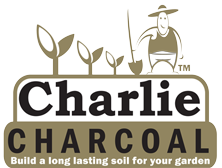

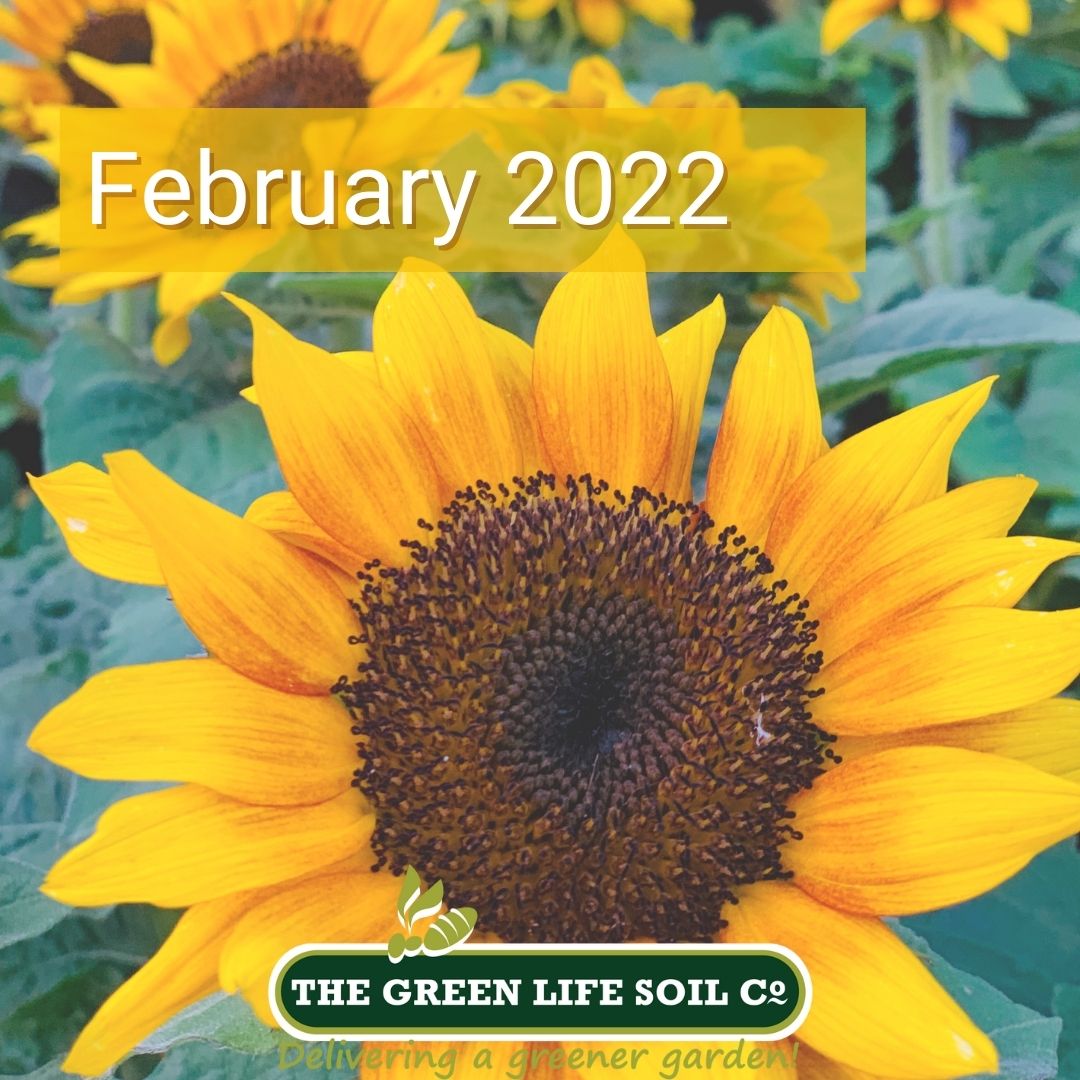 Well, summer is definitely here - in fact, we're more than half way through. While we know February will have some hot days ahead - the milder weather these last few days has left us with that feeling of change of seasons - there was even morning dew at our place today.
Well, summer is definitely here - in fact, we're more than half way through. While we know February will have some hot days ahead - the milder weather these last few days has left us with that feeling of change of seasons - there was even morning dew at our place today.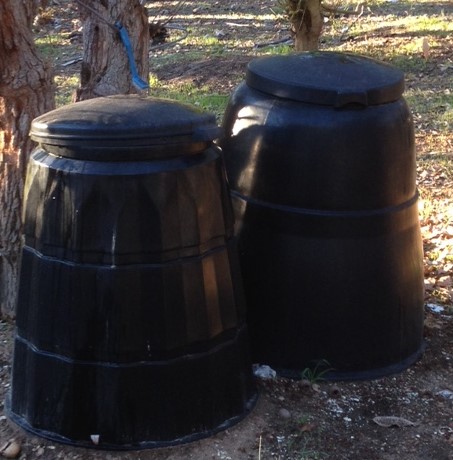 Plan & prepare! Consider what your priorities will be for Autumn planting, and start gathering what you need to improve the soil. Do your research on
Plan & prepare! Consider what your priorities will be for Autumn planting, and start gathering what you need to improve the soil. Do your research on 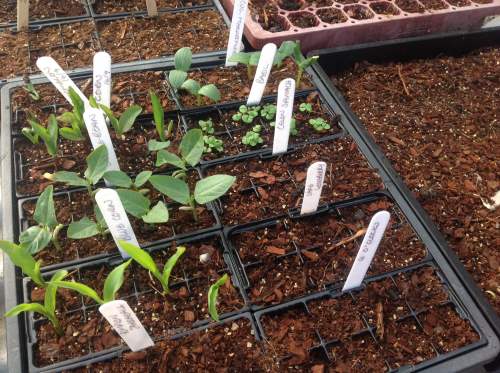 Propagate! The warmer months of the year (while plants are actively growing) is a good time to try your hand at tip cuttings for many shrubs; including natives. Cuttings don't need to be fertilised until they've grown roots, but they do need regular moisture in the soil. It's a balance between keeping soil too wet (as rot & fungus can be an issue) and too dry ~ but it's worth having a go. See our
Propagate! The warmer months of the year (while plants are actively growing) is a good time to try your hand at tip cuttings for many shrubs; including natives. Cuttings don't need to be fertilised until they've grown roots, but they do need regular moisture in the soil. It's a balance between keeping soil too wet (as rot & fungus can be an issue) and too dry ~ but it's worth having a go. See our  There's still time to try for a crop of quick-growing summer vegies if you're keen, plant now & plant from seedlings! It does depend on whether Summer warmth continues into April - but it often does. Choose smaller cropping varieties towards the end of the season (eg. Sugarbaby Watermelon, Golden Nugget Pumpkin) - the theory being the smaller fruits mature faster. Things to still plant now include: Beans, Beetroot, Capsicum, Carrot, Celery, Chilli, Cucumber, Eggplant, Leeks, Lettuce, Pumpkin, Rockmelon, Silverbeet, Sweetcorn, Sweet Potato, Tomato, Watermelon, Zucchini.
There's still time to try for a crop of quick-growing summer vegies if you're keen, plant now & plant from seedlings! It does depend on whether Summer warmth continues into April - but it often does. Choose smaller cropping varieties towards the end of the season (eg. Sugarbaby Watermelon, Golden Nugget Pumpkin) - the theory being the smaller fruits mature faster. Things to still plant now include: Beans, Beetroot, Capsicum, Carrot, Celery, Chilli, Cucumber, Eggplant, Leeks, Lettuce, Pumpkin, Rockmelon, Silverbeet, Sweetcorn, Sweet Potato, Tomato, Watermelon, Zucchini. 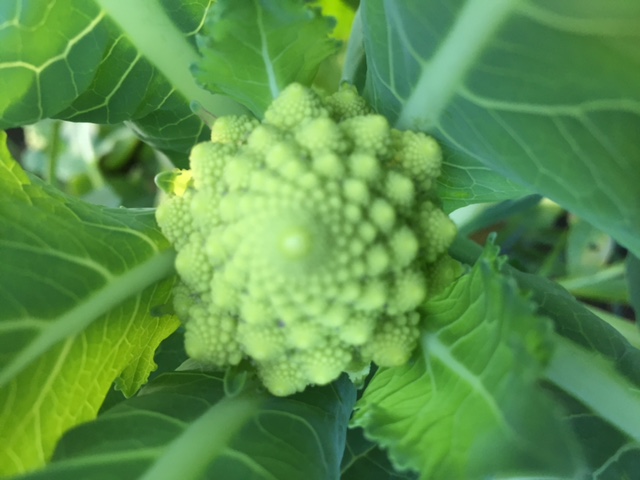 Your slow growing Brassica crops need to be planted (from seed) as soon as possible. Brussel Spouts don't tend to do well in Perth due to our warmer climate; but if you're in the hills or have the perfect spot - if you're wanting to give them a try now's the time. Cauliflower and Cabbage also do well if you get them off to an early start. Just remember that your ungerminated seeds and then tiny seedlings are vulnerable to heat for at least another month yet; so keep them somewhere protected and don't let them dry out. (Romanesco Broccoli - pictured right)
Your slow growing Brassica crops need to be planted (from seed) as soon as possible. Brussel Spouts don't tend to do well in Perth due to our warmer climate; but if you're in the hills or have the perfect spot - if you're wanting to give them a try now's the time. Cauliflower and Cabbage also do well if you get them off to an early start. Just remember that your ungerminated seeds and then tiny seedlings are vulnerable to heat for at least another month yet; so keep them somewhere protected and don't let them dry out. (Romanesco Broccoli - pictured right) What areas of your garden have been successful over summer? What areas haven't been? What is the difference between these areas? Can you replicate the conditions of the successful area to help your garden survive next year? Would you like a soil test done to check on any problem areas?
What areas of your garden have been successful over summer? What areas haven't been? What is the difference between these areas? Can you replicate the conditions of the successful area to help your garden survive next year? Would you like a soil test done to check on any problem areas?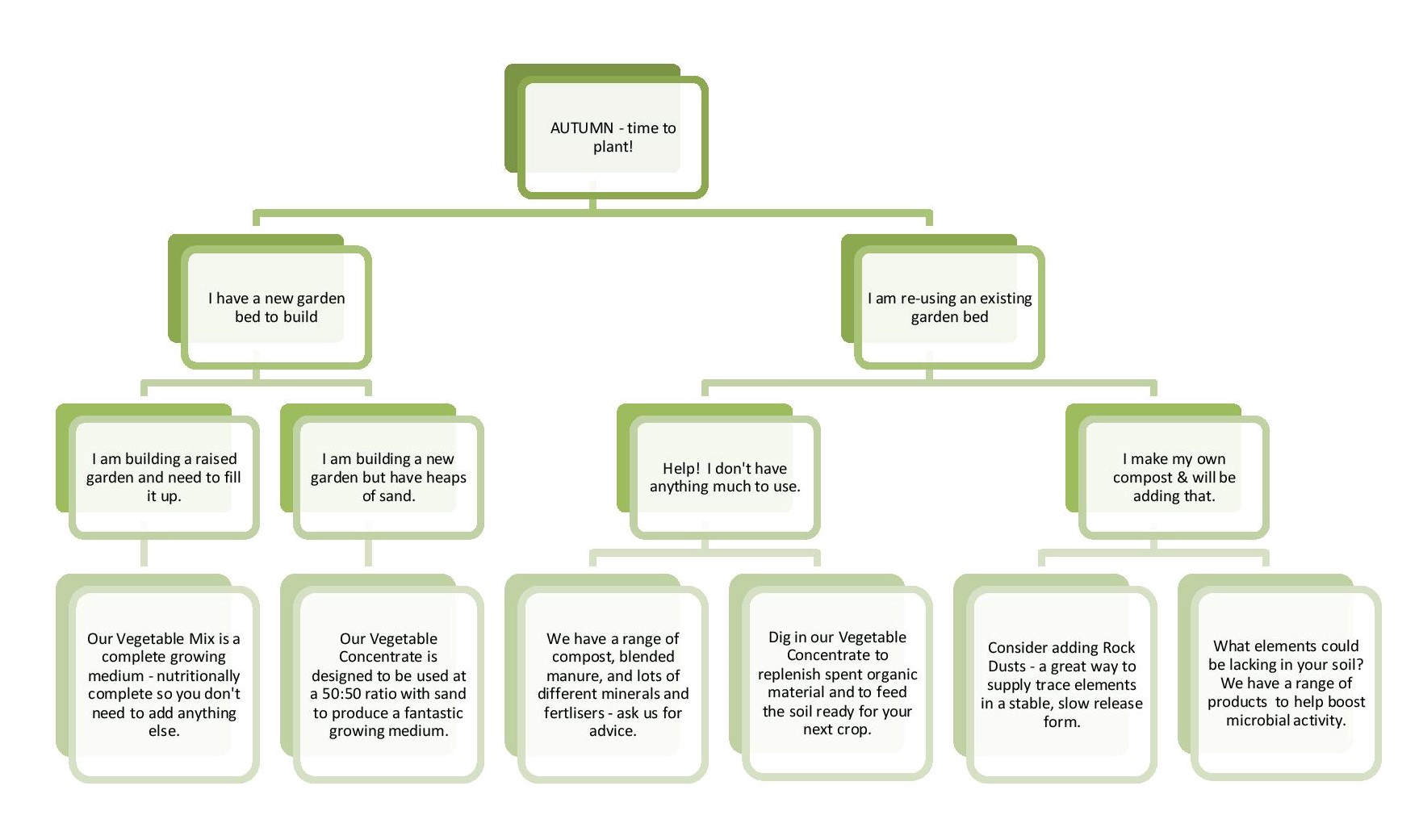 Do you need help? Gardeners & landscapers will be getting busier once it cools down and people are thinking about garden projects. Ring around now to check prices & availability of reputable helpers, and book in ahead of time to avoid disappointment and any potential supply & demand price fluctuations. Maybe check in with friends & relatives and 'bribe' them with a BBQ or meal and make it a social catch up too! Interested in joining a Permaculture group? Permablitzes can provide you with helpers - with the understanding that everybody pitches in and helps others in the group, too. Many hands make light work.
Do you need help? Gardeners & landscapers will be getting busier once it cools down and people are thinking about garden projects. Ring around now to check prices & availability of reputable helpers, and book in ahead of time to avoid disappointment and any potential supply & demand price fluctuations. Maybe check in with friends & relatives and 'bribe' them with a BBQ or meal and make it a social catch up too! Interested in joining a Permaculture group? Permablitzes can provide you with helpers - with the understanding that everybody pitches in and helps others in the group, too. Many hands make light work.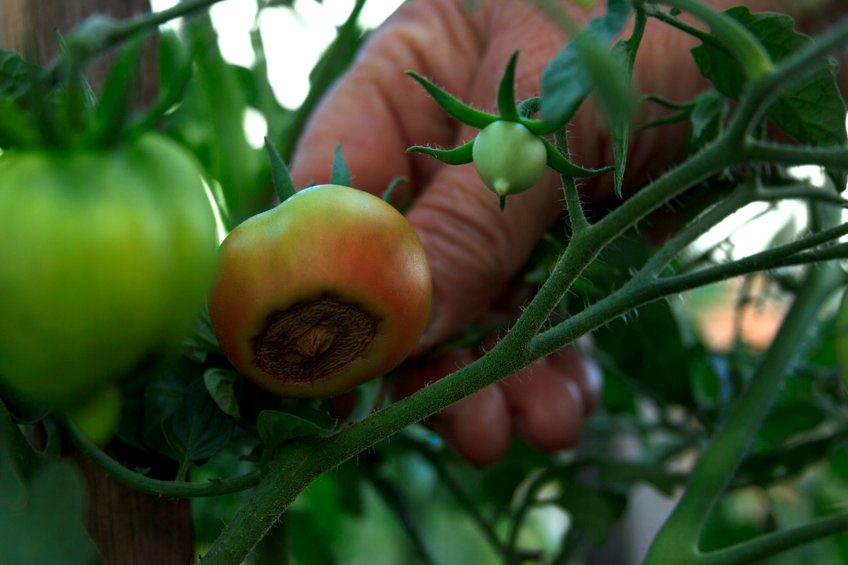 This summer I've seen LOTS of posts on social media forums of people's tomatoes and other vegies with brown and rotten spots on the base of their developing fruit. People are concerned their plants have picked up a disease and are asking for treatments. While other conditions (eg. poor pollination) can sometimes have a similar effect - particularly on plants in the melon family like zucchini, cucumber & pumpkin; at this time of year a problem called Blossom End Rot is usually to blame.
This summer I've seen LOTS of posts on social media forums of people's tomatoes and other vegies with brown and rotten spots on the base of their developing fruit. People are concerned their plants have picked up a disease and are asking for treatments. While other conditions (eg. poor pollination) can sometimes have a similar effect - particularly on plants in the melon family like zucchini, cucumber & pumpkin; at this time of year a problem called Blossom End Rot is usually to blame.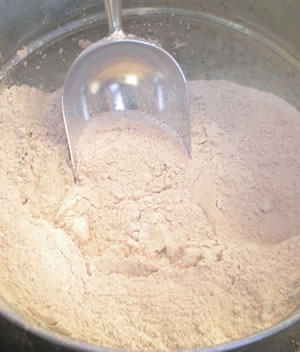 Calcium is an important micronutrient for plants. While not a macronurient like nitrogen, phosphorus or potassium (NPK) Ca or calcium is definitely up there - required during cell division (growth) and in the normal functioning of the cell membrane. Metabolic activities are also regulated by this mineral (production of enzymes and plant hormones) and the uptake of other nutrients. So basically, calcium - by its role in creating healthy plant cells - helps protects plants against heat stress, enabling better transpiration and leaf function. Plus stronger plant cells make plants more disease resistant. It also affects fruit and vegetable quality and taste.
Calcium is an important micronutrient for plants. While not a macronurient like nitrogen, phosphorus or potassium (NPK) Ca or calcium is definitely up there - required during cell division (growth) and in the normal functioning of the cell membrane. Metabolic activities are also regulated by this mineral (production of enzymes and plant hormones) and the uptake of other nutrients. So basically, calcium - by its role in creating healthy plant cells - helps protects plants against heat stress, enabling better transpiration and leaf function. Plus stronger plant cells make plants more disease resistant. It also affects fruit and vegetable quality and taste.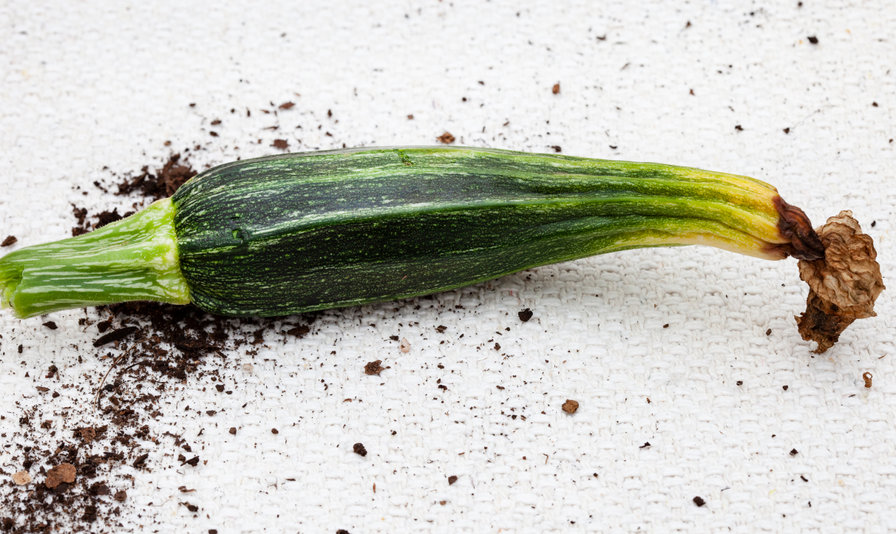 Sandy soils will let water drain through rapidly and that’s why it is desirable to have clay and organic matter in the soil. These little organic “sponges” absorb and hold moisture and nutrients longer for plant roots to capture. Mulch is also vital to retain a level of moisture consistency for the roots.
Sandy soils will let water drain through rapidly and that’s why it is desirable to have clay and organic matter in the soil. These little organic “sponges” absorb and hold moisture and nutrients longer for plant roots to capture. Mulch is also vital to retain a level of moisture consistency for the roots..JPG) At GLSC we make sure that our soils and soil improvers have abundant calcium provided as part of the nutrient balance. If you need to add calcium, we recommend gypsum as it does not have an affect on soil pH (which lime does). Do be aware it can take a couple of months to take effect. Adding crushed eggshells to your garden or compost may be helpful - it certainly won't hurt. I know from experience they take a long time to break down - often they're the last recognisable input in worm farms or compost when using the finished product.
At GLSC we make sure that our soils and soil improvers have abundant calcium provided as part of the nutrient balance. If you need to add calcium, we recommend gypsum as it does not have an affect on soil pH (which lime does). Do be aware it can take a couple of months to take effect. Adding crushed eggshells to your garden or compost may be helpful - it certainly won't hurt. I know from experience they take a long time to break down - often they're the last recognisable input in worm farms or compost when using the finished product. 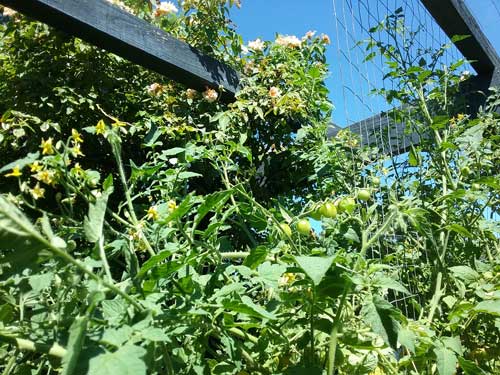
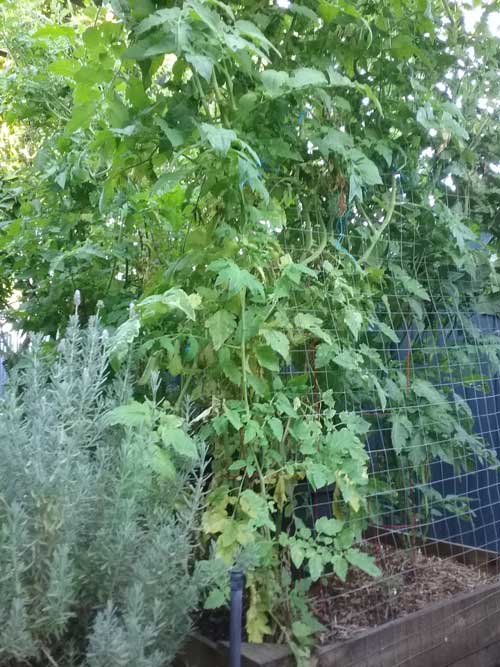
 We know you're ITCHING to get out in your garden again... So we're here to help! Up until the end of February (close of business Monday 28th February) - book and pay for a bulk delivery of soil (or mulch) and you'll get the delivery fee 25% off.
We know you're ITCHING to get out in your garden again... So we're here to help! Up until the end of February (close of business Monday 28th February) - book and pay for a bulk delivery of soil (or mulch) and you'll get the delivery fee 25% off.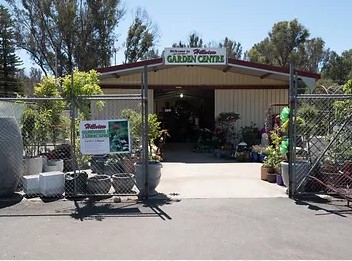 Guildford Town Garden Centre - Guildford 9279 8645
Guildford Town Garden Centre - Guildford 9279 8645




















